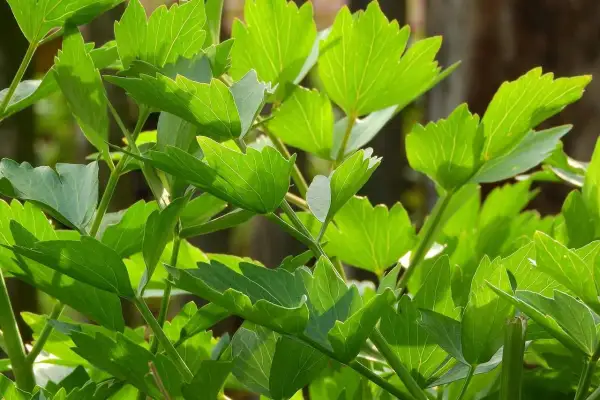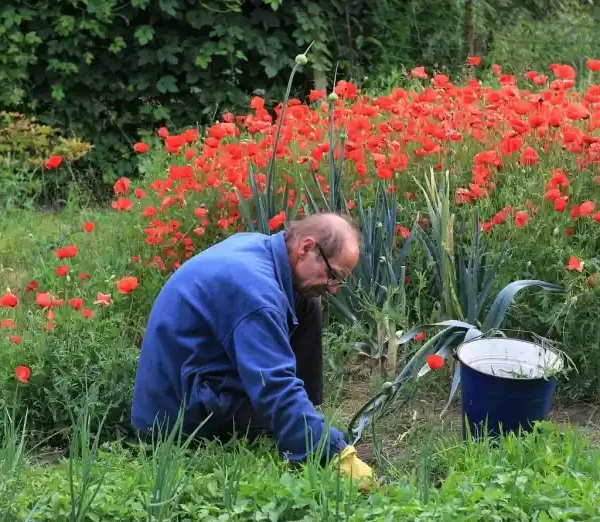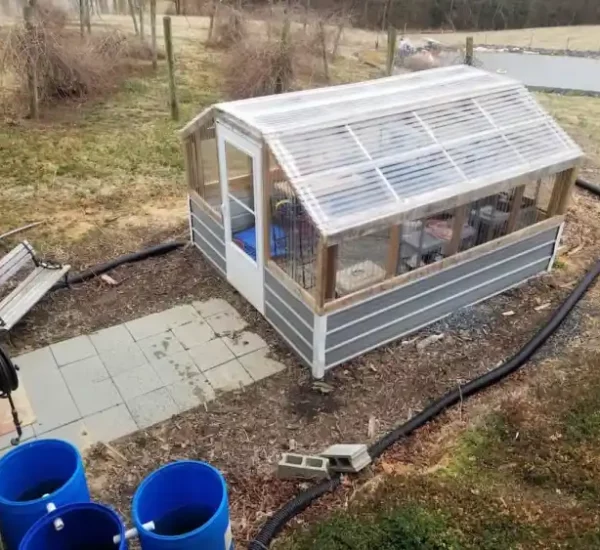Understanding the characteristics of evergreen, semi-evergreen, deciduous, and semi-deciduous plants is crucial for gardeners and landscapers alike. In this comprehensive guide, we’ll explore the distinctions between these plant types, their unique features, and practical considerations for incorporating them into your landscape design.
Evergreen Plants
Definition
Evergreen plants retain their foliage year-round, maintaining their greenery throughout all seasons. They continuously produce new leaves while shedding older ones gradually, ensuring a consistent appearance.
Characteristics
Evergreen plants typically have thick, waxy leaves or needle-like foliage that helps reduce water loss and withstand harsh environmental conditions. They provide year-round color and structure to landscapes, offering privacy, shade, and habitat for wildlife.
Examples
Common examples of evergreen plants include conifers such as pine, spruce, and cedar trees, as well as broadleaf shrubs like boxwood, holly, and laurel.
Semi-Evergreen Plants
Definition
Semi-evergreen plants exhibit characteristics of both evergreen and deciduous plants, retaining some foliage year-round while shedding others seasonally. They may lose leaves during periods of stress or extreme weather conditions but maintain a portion of greenery throughout the year.
Characteristics
Semi-evergreen plants offer a compromise between the year-round color of evergreens and the seasonal interest of deciduous plants. They adapt well to changing environmental conditions and provide visual interest in the landscape during both summer and winter months.
Examples
Popular examples of semi-evergreen plants include certain varieties of rhododendrons, azaleas, and camellias, as well as ornamental grasses like liriope and mondo grass.
Deciduous Plants
Definition
Deciduous plants shed their leaves entirely during a specific season, usually in autumn or winter, and remain bare until new growth emerges in spring. This natural cycle allows them to conserve energy and survive adverse conditions.
Characteristics
Deciduous plants showcase vibrant foliage colors and seasonal changes, offering dynamic interest to landscapes throughout the year. They provide shade in summer, allow sunlight to penetrate in winter, and create opportunities for gardeners to experiment with different textures and forms.
Examples
Common examples of deciduous plants include maple, oak, and birch trees, as well as flowering shrubs like hydrangea, rose, and forsythia.
Semi-Deciduous Plants
Definition
Semi-deciduous plants exhibit traits of both deciduous and evergreen plants, retaining some leaves year-round while shedding others seasonally. They may lose foliage during periods of stress or dormancy but maintain a degree of greenery throughout the year.
Characteristics
Semi-deciduous plants offer versatility in landscaping, providing seasonal interest while retaining some level of greenery during dormant periods. They adapt well to fluctuating environmental conditions and provide structure and visual appeal to garden spaces.
Examples
Examples of semi-deciduous plants include certain varieties of magnolia, viburnum, and euonymus, as well as perennial vines like clematis and jasmine.
What does it mean for a plant to be evergreen?
Evergreen plants retain their foliage year-round, maintaining their greenery throughout all seasons without shedding leaves in a specific period.
How do semi-evergreen plants differ from evergreen plants?
Semi-evergreen plants retain some foliage year-round but may shed leaves seasonally, especially during periods of stress or extreme weather conditions.
What are some characteristics of deciduous plants?
Deciduous plants shed their leaves entirely during a specific season, typically autumn or winter, and remain bare until new growth emerges in spring.
Can you provide examples of evergreen plants?
Examples of evergreen plants include conifers such as pine, spruce, and cedar trees, as well as broadleaf shrubs like boxwood, holly, and laurel.
What are some common examples of deciduous plants?
Common examples of deciduous plants include maple, oak, and birch trees, as well as flowering shrubs like hydrangea, rose, and forsythia.
How do semi-deciduous plants differ from deciduous plants?
Semi-deciduous plants exhibit traits of both deciduous and evergreen plants, retaining some leaves year-round while shedding others seasonally.
What are the benefits of using evergreen plants in landscaping?
Evergreen plants provide year-round color, texture, and structure to landscapes, offering privacy, shade, and habitat for wildlife.
Are there any advantages to using deciduous plants in garden designs?
Deciduous plants showcase vibrant foliage colors and seasonal changes, offering dynamic interest to landscapes throughout the year and allowing sunlight to penetrate in winter.
How do I care for semi-evergreen plants in my garden?
Proper care for semi-evergreen plants involves providing adequate water, sunlight, and nutrients while monitoring for signs of stress or leaf shedding during extreme weather conditions.
Can I incorporate a mix of evergreen and deciduous plants in my landscape design?
Yes, combining evergreen and deciduous plants in your garden design can create a diverse and visually appealing landscape with year-round interest and seasonal variation.
- Best THC Sodas to Buy in Arkansas - May 28, 2025
- Exploring THC-Infused Sodas in Arkansas - May 28, 2025
- THC Beverages Now Trending in Alabama - May 28, 2025




